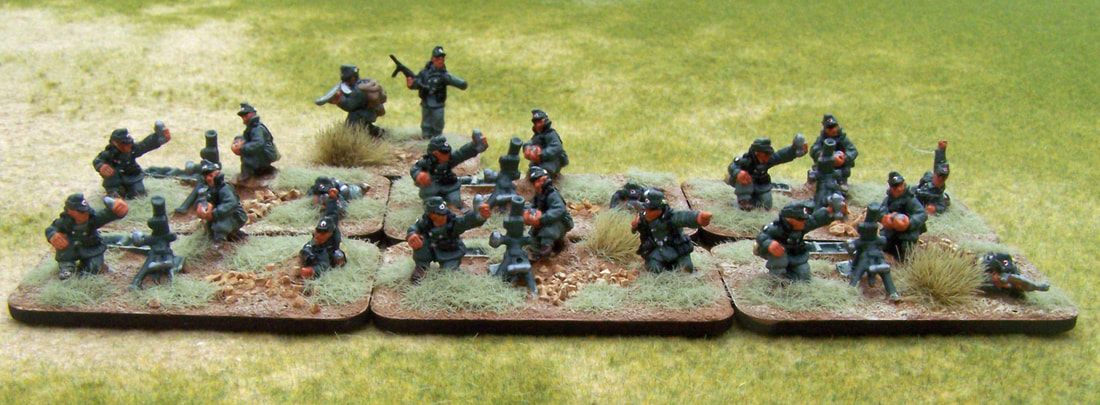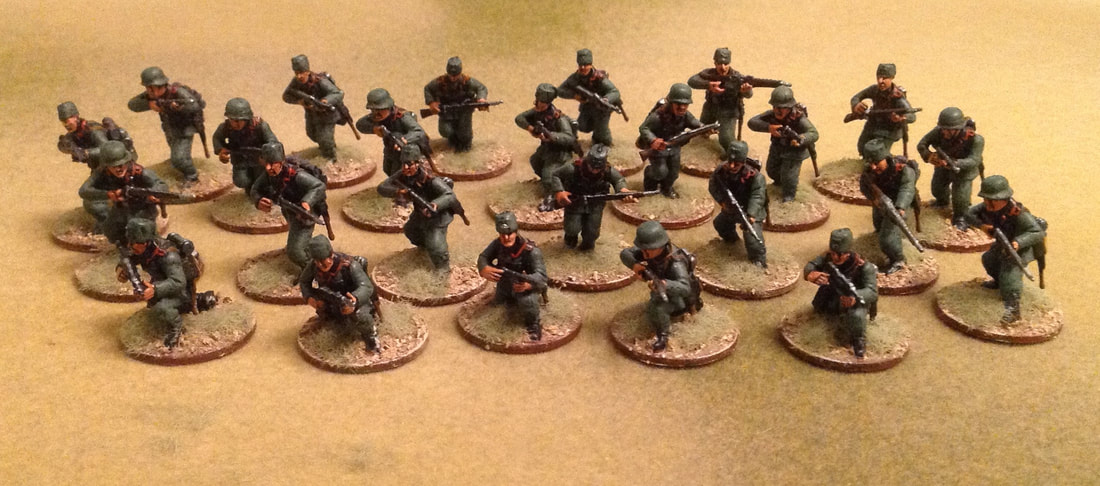- Home
- About
-
Travel
-
Features
- Dyrrachion1081
- Normans in the Balkans
- Manolada 1316
- Kosovo 1389
- Castles on the Danube
- Late Medieval Bosnian Army
- Doboj 1415
- Wallachian and Moldovan troops of the Napoleonic wars
- Anchialos 917
- Slovenian Borderlands
- The Zadruga and the Military Border
- Cretan War in the Adriatic
- Salonika 1916
- Uskoks of Senj
- Siege of Klis 1537
- Eugene in the Balkans
- Moldavian Surprise 1711
- Austro-Turkish War 1737-9
- Militargrenze
- Invading Ottoman Turkey
- Siege of Ragusa 1814
- Russo-Turkish War 1806-12
- Serbian Uprising 1815
- Ali Pasha
- Ottoman Army 1826
- Aleksinac 1876
- Shipka Pass
- Slivnitsa 1885
- Romanian Army 1878
- Austrian forts 19thC
- Kumanovo 1912
- Catalca Lines
- Adrianople 1912-13
- Kajmakcalan 1916
- The other 1918 campaign
- Macedonia air war WW1
- War of the Stray Dog
- Royal Yugoslavian armed forces
- Blunder in the Mountains
- Romanian SS
- Gebirgsjager in the Balkans
- Knights Move 1944
- Vis during WW2
- HLI in the Adriatic
- Adriatic Cruel Seas
- Dalmatian Bridgehead
- Cyprus 1974
- Transnistrian War
- Ottoman Navy Napoleonic wars
- Medieval Balkans
- Balkan lockdown quiz >
- Reviews
-
Armies
- Ancient Greeks
- Pyrrhic army of Epirus
- Dacian wars
- Goths
- Late Roman
- Comnenan Byzantine Army
- Normans
- Serbian medieval
- Albanian medieval
- Wallachian medieval
- Bosnian Medieval
- Catalan Company
- Polish 17C
- Austrian Imperialist
- Ottoman
- Austrian 18thC
- Russian Early 18thC
- Ottoman Napoleonic
- Greek Revolution
- 1848 Hungarian Revolution
- Russian Crimean war
- Romanian Army of 1877
- Ottoman 1877
- Russian 1877
- Balkan Wars 1912-13
- Macedonia WW1
- Greece WW2
- Italian Army WW2
- Gebirgsjager WW2
- Hungary WW2
- Turkey WW2
- Soviet Union WW2
- Bulgaria WW2
- Turkish Korean War Brigade
- Balkan Wars 1990s
- Links
- Books
Gebirgsjager in the Balkans
|
Introduction
The Gebirgsjager were German mountain troops. The first units were formed in 1915, recruited from Bavaria and Wurttemberg and included a young Erwin Rommel, fighting on the Italian front. A small core were retained after the war and reformed in 1935 as the Gebirgs Brigade and then the Ist Gebirgs Division in April 1938. The incorporation of Austria brought experienced mountain troops into the army as 2nd Gebirgs Division. Both divisions fought in the Polish campaign and the 2nd Division captured Narvik in the Norwegian campaign in support of 3rd Division. Gebirgsjager units were light infantry, equipped and trained for fighting in mountains. This meant they had fewer heavy weapons, other than mortars and mountain artillery portable by mules. They didn’t just fight in mountains as they excelled as infantry assault units and could have heavier weapons attached. Fighting in mountain terrain meant Gebirgsjager had to be very fit, not least because they had to carry all their personal kit (32kg), which would be in the baggage train of traditional infantry units. They were primarily recruited from mountain regions. The uniform was similar to the standard field-grey tunic, but with climbing boots, Bergmutze field cap and the distinctive metal Edelweiss badge on the cap and sleeve patch. They also had mountain trousers and anoraks. Invasion of the Balkans Two Gebirgsjager Corps took part in the Balkan campaign. XLIX Gebirgskorps (1 Division) was part of Second Army that attacked Belgrade, starting on 10 April 1941 on the route between the Drava and Sava Rivers. This Corps was tasked with covering the mountainous terrain to the west of the main advance. 4th Gebirgs Division was assigned to XIV Panzer Corps that attacked Yugoslavia from Bulgaria. Both Gebirgs Divisions marched at great pace through Yugoslavia in the 12 day campaign. XVIII Gebirgskorps (5 & 6 Divisions) took part in the invasion of Greece from Bulgaria. They were tasked with breaking through the Metaxas Line fortifications. 5th Division did this through costly assaults and fierce Greek resistance, before flooding through to the plains and down to Salonika. 6th Division broke through quickly and pursued British forces to Corinth. The Gebirgsjager’s final part in the Balkan campaign was 5th Division’s support of the Fallschirmjager attack on Crete. They were transported mostly by fishing boats and suffered heavy casualties after the Royal Navy intercepted them. They were then air landed by transport aircraft to Maleme airfield. Then they had a tough fight with the New Zealanders in the mountains around the airport, before the British evacuated the island. The Gebirgsjager went on to fight on the Russian front. However, the guerrilla war in the Balkans required Gebirgsjager units in the mountain terrain, particularly after Italy capitulated in the summer of 1943. The 7th SS Gebirgs Division (Prinz Eugen) was formed in April 1942 primarily from Volksdeutsche in the region. The 13th SS Gebirgs Division (Handschar) from Bosnian muslims and finally the 21st SS Gebirgs Division (Skanderberg) from Albanian muslims. All of these units were undermanned and poorly equipped. Wargaming the Gebirgsjager in the Balkans My main collection is in 15mm scale, mostly from the Battlefront range and based for Flames of War rules. The Burning Empires – Battle for the Mediterranean supplement has all the organisational data you will require. I have three Gebirgsjager platoons as the core units, supported by a Pioner Platoon, MG, mortar and artlley platoons. Regimental support comes with reconnaissance and anti-tank platoons. Tanks and air support can be added from divisional support units. Further reading
For the campaign itself ‘Invasion Balkans’ by George Blau. James Lucas ‘Hitler’s Mountain Troops’ has good chapters on the campaign. For the later campaign in Yugoslavia there is George Lepre’s ‘Himmler’s Bosnian Division’ and Otto Krum’s ‘Prince Eugen’. For uniforms and equipment there are two Osprey’s; Elite 63 and Warrior 74 devoted to the Giebirgsjager. Altmark’s 'Gebirgsjager' has an excellent collection of photos. On the web there is Die Gebirgstruppen, and the re-enactors site 2nd Gebirgsjager. |





